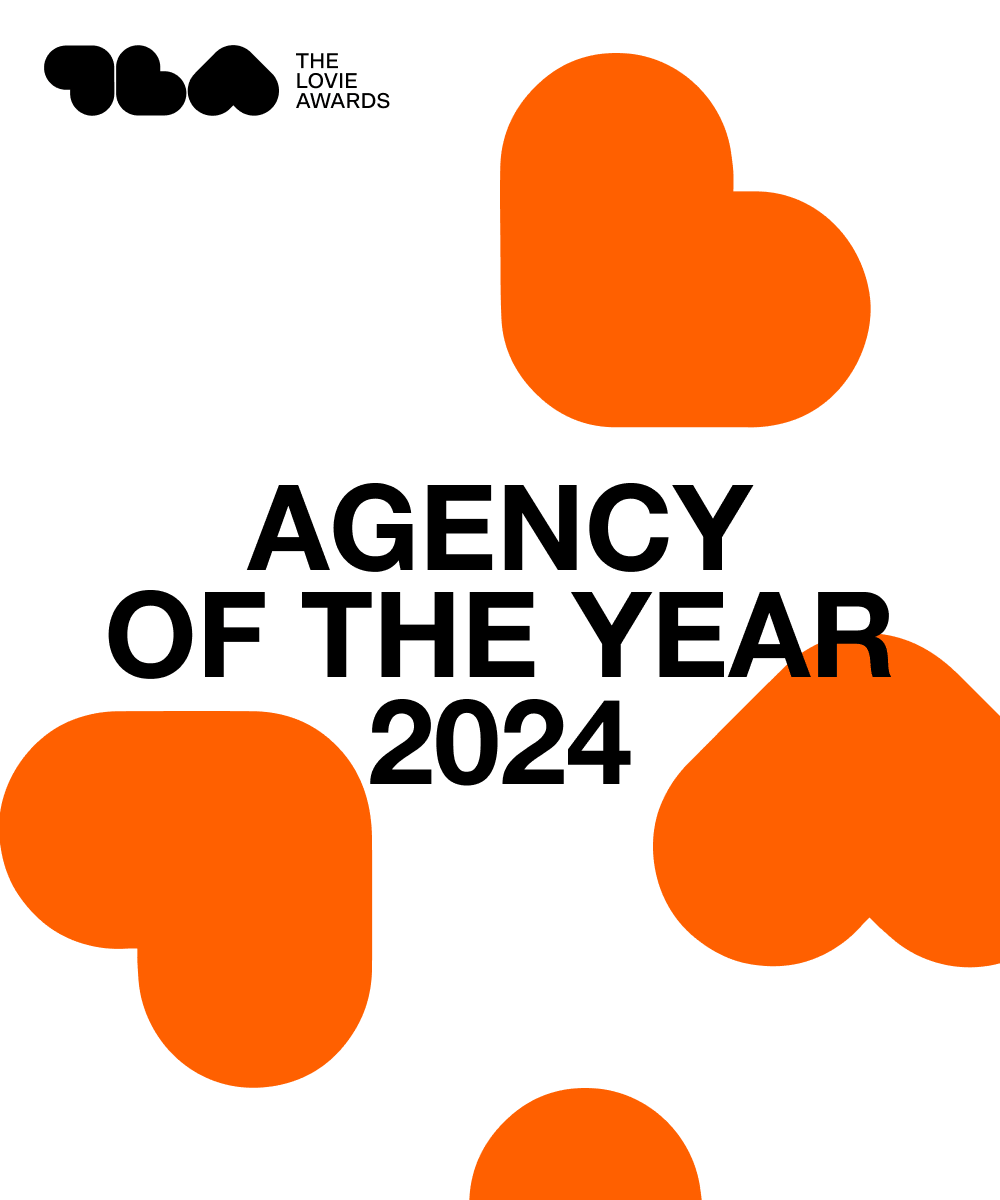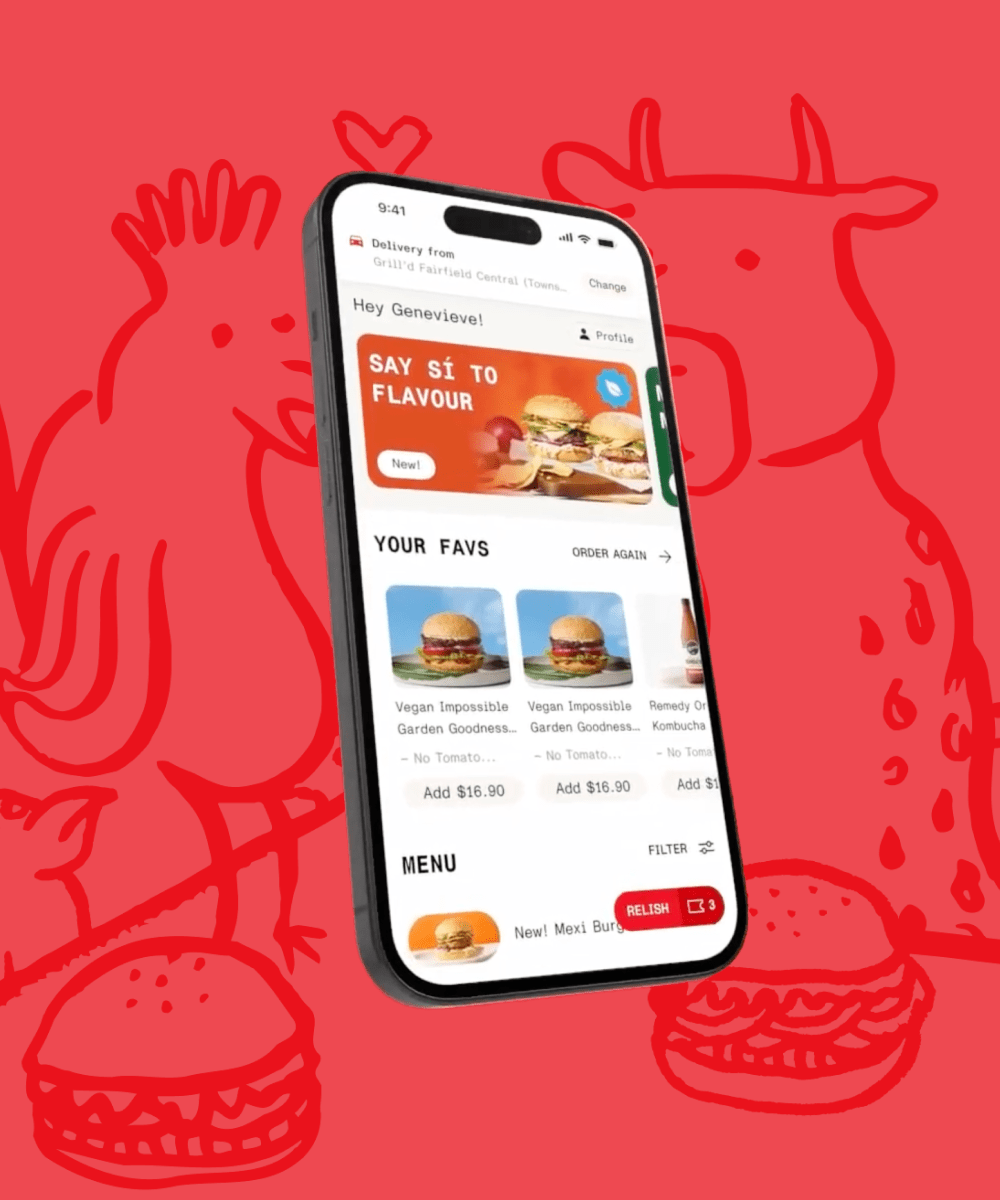Why Gen Z loves TikTok, being “real,” and nostalgia

Gen Z is already affecting the economy, representing a fast-growing market of consumers. They are the first generation to have grown up with widespread access to technology and have a unique set of values that differ from older generations.
In order to connect with Gen Z, you need to understand their behaviours, values, and preferences. Below we’ll break each of these categories down to show what Gen Zers care about and how you can better engage with them.
Gen Z’s behaviours: Find them on TikTok
As digital natives, Gen Zers love TikTok.
Among other social media platforms, like Instagram, Facebook, and Twitter, TikTok stands out. Not only is the app Gen Z-dominated, with 43% of global users aged 18-24, but young consumers also prefer TikTok to such an extent that it’s begun to rival Google as a search engine.
Why? Gen Z trusts TikTok to give them the unbiased gist of what they’re looking for.
It’s no surprise, then, that paid ads rarely perform well on TikTok. Instead, 62% of TikTok users say that the best way for brands to connect with them is through organic content created in collaboration with another brand on TikTok or a TikTok creator.
The photography brand Polaroid, for instance, realised that their iconic reputation didn’t translate to Gen Z consumers, whose baby pictures were all taken on digital cameras and smartphones. To get Gen Z’s attention, Polaroid took on TikTok with a campaign that steered away from traditional advertising.
This is why Polaroid, for their first-ever TikTok campaign, opted to collab with young creators like Zack Lugo, Kyla Imani, and Nathan Ramsay, who each took Polaroid on a journey with their friends. Using Spark ads to cross-promote the collab across Polaroid’s account and creator accounts helped the campaign reach 9.4 million unique users and a 53% view-through rate.
Playing by Gen Z’s rules forces brands to throw their old playbooks for consumer marketing out the window, challenging them to think creatively and deliver content that works organically. Exploring new platforms, especially TikTok, is a must. And collabing with creative experts like content creators opens the door to an organic narrative that’s become invaluable.
Gen Z’s values: It’s time to BeReal
By the time the oldest members of Gen Z downloaded their first social media apps, the platforms were already dominated by Instagram models, YouTube stars, and corporate Twitter accounts all striving to be #relatable.
Gen Z is the content generation. And, having been steeped in social content that feels performative, pandering, and fake, they’re chasing something different: authenticity.
Talking about authenticity requires talking about BeReal, the anti-performativity photo-sharing app which has been downloaded more than 20 million times in under two years. BeReal allows users to post just once a day, giving them just a two-minute window to take a simultaneous front and back camera photo. Share yours past the time limit and the app lets your friends know, giving them the heads up that you haven’t been real.
According to Wired, BeReal represents how the idea of authenticity is packaged by commercialisation, as nostalgia for an old way of living that seems better because it predates the problems that people attribute to the inauthenticity they encounter today.
By this token, authenticity is part of a generational cycle and a Holy Grail.
But even if this is true, the quest to find it has always been a driving force of online culture.
Millennials and Gen Xers will recall MySpace, LiveJournal, and Tumblr, pre-Facebook platforms that became online communities for teenagers who felt misunderstood, different, or full of emotional angst. These Y2K teens went online in search of their authentic selves. And the content they created reflected that.
“When I found Tumblr, it felt like finding the whole world. This kind of thing is difficult to put into words—like the sensation of learning how to read, or your first existential crisis,” Kaitlyn Tiffany wrote, describing Tumblr’s legacy.
Tiffany’s article, How the Snowflakes Won the Internet, traces how it was soft, angsty teens like her—not the edgelords, or the billionaires, or the billionaire-edgelords (hi, Elon Musk)—who, in pursuit of authenticity, created the foundation for the internet as we know it today.
And, for better or worse, a new generation of snowflakes is here to change it again.
Gen Z’s preferences: The nostalgia re(love)ution
From record collecting and the resurgence of Kate Bush to ‘90s grunge and Y2K aesthetics, Gen Z is obsessed with nostalgia.
And, honestly, no one should be surprised.
As members of the so-called “Last Chance Generation,” Zoomers are the polar opposites of their generational nemeses, Baby Boomers. Where Boomers were born into an advancing world, Zoomers were born into a world in decline. With their future hanging in the balance of countless crises, is it any wonder that they’ve found comfort in the past?
Stranger Things, Netflix’s sci-fi nostalgia bomb, offers a unique appeal to Gen Z. Not only does the show feature a Gen Z-dominated cast, but the story of a group of misunderstood teenagers simultaneously finding themselves and saving the world from being consumed by an apocalyptic underworld also speaks to Gen Z’s battle for their own future.
At the same time, the show’s nostalgic aesthetic offers the comfort of escapism. It sparked an ‘80s fashion revival, including everything from mullets to Nike Blazers, and even resulted in a TikTok fashion inspo hashtag with 12.4 million views.
Nostalgia-inspired fashion combined with Gen Z’s interest in purpose and sustainability has drawn young consumers to secondhand shopping. Of the active users on Depop, a platform for buying and selling secondhand fashion, 90% are under the age of 25.
Following Depop’s whopping $1.6 billion acquisition by Etsy last year, it’s safe to say that secondhand fashion is a global phenomenon. More and more celebrities have showcased vintage red carpet looks. And even Love Island partnered with eBay to introduce pre-worn clothing to the cast’s wardrobe for the first time.
It’s no surprise that in 2022, the secondhand fashion market surpassed $100 billion and is expected to surge beyond $200 billion by 2026.
With fast fashion responsible for 92 million tons of textile waste each year, secondhand fashion’s popularity stands to make a big difference in the fight against climate change as well. In this way, Gen Z’s obsession with the past isn’t just a source of comfort, it’s a powerful tool used to protect their future.
What it all means
Of course, you can’t group all Gen Z-ers into one type of person. As you shift your marketing and product strategies towards this new group of consumers, you’ll need variety just like any diverse generation. But the data on Gen Z’s desire for authenticity and unaltered realism can point you in the right direction.
In 2023 and beyond when marketing to this group, you need to be authentic and transparent. And if you’re doing good for the planet and sustainability, it should be part of your brand messaging.
Want more on Gen Z?
Download the 2023 trends report
Insights
View all insightsQuestions?
Writer



